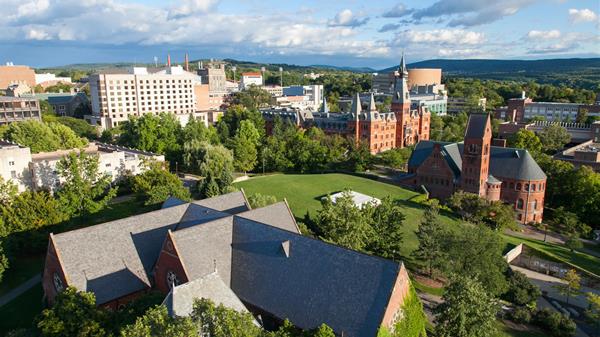You are here
Home 🌿 Medical Cannabis News 🌿 New York: Why you still don't have access to medical marijuana 🌿New York: Why you still don't have access to medical marijuana

It was welcome news to Scott Treatman when the New York State Department of Health announced in December that it was expanding access to medical marijuana for those with chronic pain. Treatman’s practice in the village of Cazenovia, southeast of Syracuse, already treated a bevy of patients with conditions that ranged from lymphoma to multiple sclerosis. Most of them were referrals from other doctors who couldn’t (or often wouldn’t) prescribe the Schedule 1 drug. There were many more people, though, who weren’t covered. Now, thanks to expanded access, folks who might otherwise turn to pills or opioids such as heroin could look to weed to relieve their suffering.
These days, Treatman’s phone is ringing off the hook. The expansion has been helpful, but getting patients signed up hasn’t been easy. The population he treats is older, and online registration has been arduous for his octogenarian patients, Treatman says. And while more access came as a needed salve for many ailments, it also served as a new twist on the old story of health care disparities between urban and rural communities.
More than a third of New York counties have either none or only one certified medical marijuana practitioner.
Only practitioners can “certify” patients for a medical marijuana card. The five counties that comprise New York City — New York, Kings, Bronx, Richmond and Queens — have more than 400 practitioners. Drive just an hour out of the city, though, and options become sparse for the 1,000 certified patients living across 23 upstate counties.
People with chronic pain sometimes drive two and a half to three hours to get certified through his practice, Treatman says. He is one of three practitioners in Madison County, although he’s the only one to register his contact information on the state’s public database for patients. “It’s kind of an illusion [that there are not] enough docs,” he notes. Plenty of family doctors and physicians are qualified, even outside big cities such as Buffalo, Rochester and Syracuse. But it can be difficult to get an appointment, with few boasting open practices — meaning they will accept new patients solely for marijuana-based treatment — and even fewer advertising the medicinal herb in their offerings.
Marijuana is often prescribed as an alternative to painkillers, which means its availability is especially important in a state where death rates from opioid overdoses increased 144 percent between 2005 and 2014, according to a legislative report from the state comptroller. That’s one of the highest jumps in the nation.
These folks are desperate.… They can’t buy this plant-based product — because they can’t afford it.
Scott Treatman, family practice physician
The Empire State’s struggles to ensure access may serve as an example for others — especially after a watershed election year in 2016 that saw four states legalize weed and another four legalize it for medical purposes. A New York health department initiative to allow nurses and physician assistants to certify marijuana patients will particularly help “in many rural counties where fewer physicians are available,” a spokesperson tells OZY.
Technology may end up solving access issues for some rural patients. Treatman and other doctors like him already are making house calls via video chats. “Geography can be a barrier,” he says, but many of his patients face an even bigger one: the expense. In many cases, medical marijuana costs hundreds of dollars per month, and insurers don’t cover it because it remains a federally classified Schedule 1 drug. “These folks are desperate,” Treatman says. “They’ve been through the surgeries, the chemo, the neuroblocks; [they’ve] been through a bunch of pharmaceuticals that often did more harm than good, many of which have been covered through insurance. But they can’t buy this plant-based product — because they can’t afford it.”
420 Intel is Your Source for Marijuana News
420 Intel Canada is your leading news source for the Canadian cannabis industry. Get the latest updates on Canadian cannabis stocks and developments on how Canada continues to be a major player in the worldwide recreational and medical cannabis industry.
420 Intel Canada is the Canadian Industry news outlet that will keep you updated on how these Canadian developments in recreational and medical marijuana will impact the country and the world. Our commitment is to bring you the most important cannabis news stories from across Canada every day of the week.
Marijuana industry news is a constant endeavor with new developments each day. For marijuana news across the True North, 420 Intel Canada promises to bring you quality, Canadian, cannabis industry news.
You can get 420 Intel news delivered directly to your inbox by signing up for our daily marijuana news, ensuring you’re always kept up to date on the ever-changing cannabis industry. To stay even better informed about marijuana legalization news follow us on Twitter, Facebook and LinkedIn.




